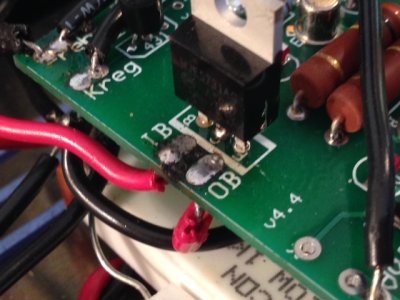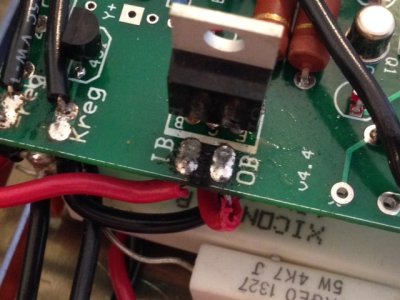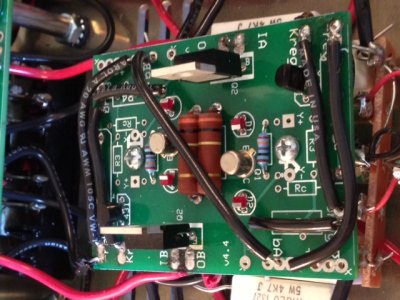funandfunny20
New member
Hey Guys & Gals,
I finished my Stereomour this past weekend. I stayed up way to late…but it was all worth it—such a fun couple of days.
Everything sounded great and was working fine until last night. After about a half-hour of warm-up, the left channel starts to crackle/pop/hiss/distort. I swapped the tubes, but the problem still persists on the left side. I haven't measured anything since the problem started last night…I'll try to take some measurements before I go to bed.
Is it likely a bad resistor or capacitor?
The noises are not effected by volume. They're loud regardless.
Please advise!
I finished my Stereomour this past weekend. I stayed up way to late…but it was all worth it—such a fun couple of days.
Everything sounded great and was working fine until last night. After about a half-hour of warm-up, the left channel starts to crackle/pop/hiss/distort. I swapped the tubes, but the problem still persists on the left side. I haven't measured anything since the problem started last night…I'll try to take some measurements before I go to bed.
Is it likely a bad resistor or capacitor?
The noises are not effected by volume. They're loud regardless.
Please advise!



